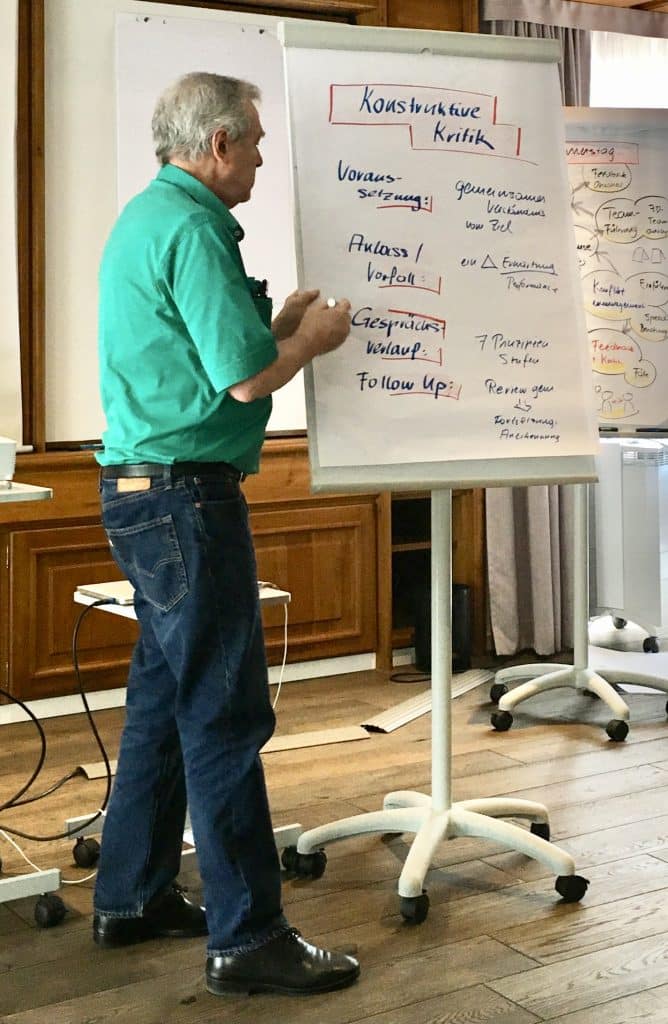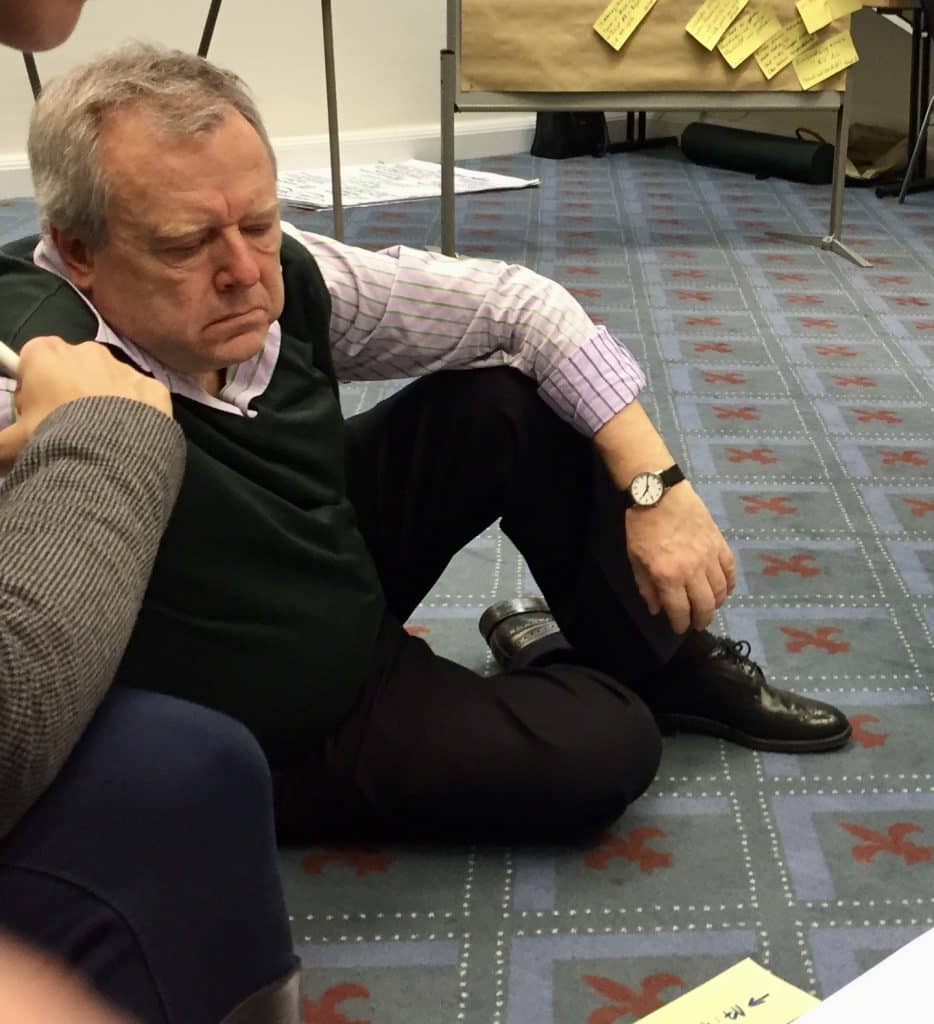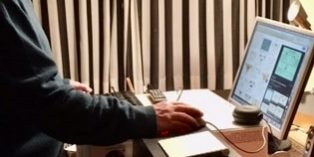Seminars on leadership and methodology in the form of face-to-face training have long since started once more. I’ve led several! But one such had to be canceled again at the last minute – Corona cases! I’ve been vaccinated for the fourth time myself and still got sick, and recovered once, but that doesn’t say too much, considering twelve or sixteen participants. So: Virtual training as an option for any relapse is still necessary!
Face-to-face training is our home game!
Flip charts and partition walls can finally be used again. You can also pin cards to a partition wall. In principle, the same applies here: the methods must not be used for their own sake or just because the trainer enjoys them. They must remain a means, not become an end.
Face-to-face training allows even more variety of methods
I’m still not a great fan of designs like “send three groups to their rooms, where they work out something and present it to plenary”, at worst for the same task or question. And all that in endless repetition. Virtual management training had made it all the more boring. A mix of methods throughout the day is not only useful here, it a must.
It had always been easy for me to prepare and lead seminars. So I always packed a presenter’s case, an extra box with pens and a bag for everything else that I needed. I also have a second one for the my laptop, a second power supply and an extra mouse, a loudspeaker to increase the volume of the sound in somewhat larger rooms and a Jabra … And also all the utensils for my favorite exercises. I also like to create a sociogram with coins to examine power and social closeness. I also do this as an introduction to analyze relationships in organizations (and also externally, such as with customers…).
The marshmallow challenge and the well-known tower building exercise activate the participants and require closeness and interaction. They had fallen flat under COVID and are now possible again! I can finally intersperse more easily the “Hello, wake up” exercises in the plenary session, which require some physical action, as well as group dynamic exercises. Breakout sessions can now again take place in non-virtual rooms; I often have such groups work side by side in the corners of the plenum: they don’t bother each other.
... and personal proximity.
While children or animals were allowed to virtual training sessions at times, they are clearly taboo in person. We also can’t work on concept boards in parallel anymore. On the other hand, I didn’t really miss travelling to hotels, which is now necessary again. But: I quickly learn all these routines again! Some colleagues had found the long lunch breaks quite relaxing without any participants, as well as the evenings without drinks together at the bar. I myself always liked these seemingly aimless conversations. After all, the personal (not private) relationship between participants can be further deepened!
Conclusion: the situation remains volatile ...

Flip Chart is used again!

A sociograph with coins – I’m seriously thinking, typical for me when training!
Face-to-face training and hybrid forms, see Our Offers, have clearly become the norm again. Yet, planning those is currently often hectic. So, it remains difficult and often volatile: we could certainly stumble into a sixth or nth Corona wave. And regional hotspots may pop up as well as (the rise of) mutants. We will have to plan the virtual version when designing seminars (and workshops) for a long time coming! So let’s hope for further declining incidence values – we cannot simply assume them.



